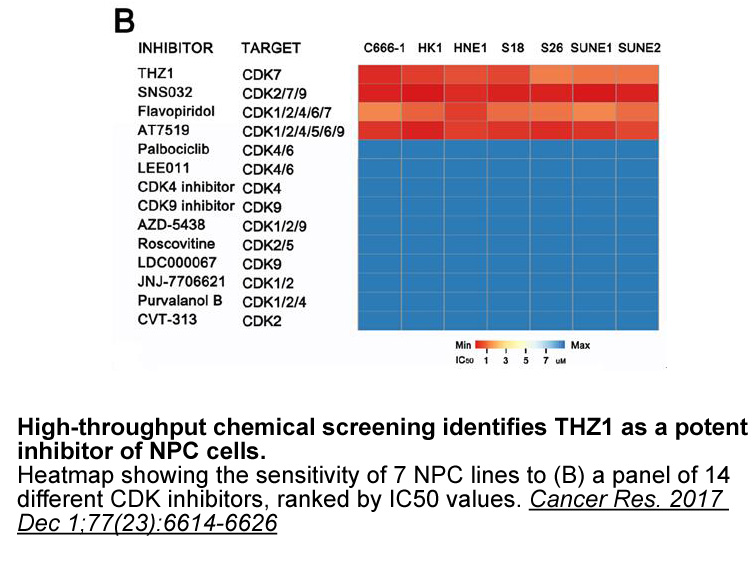Archives
br Experimental section br Results and
Experimental section
Results and discussion
Conclusion
In the present study, 3a,8a-dihydroxy-8-oxo-1,3,3a,8a-tetrahydroindeno[1,2-d]imidazol-2(1H)-iminium chloride (3) has been synthesized and characterized by spectral studies and single crystal X-ray crystallography. DFT calculations have been performed to study the molecular geometry, IR, (1H and 13C) NMR, UV/Vis spectra and other molecular parameters of the asymmetric unit of crystal of imidazole ONX0914 3. Present theoretical results at B3LYP-D3/6–311++G(d,p) level of theory have shown well correlation with experimental data. The low HOMO-LUMO gap obtained for the present compound shows less kinetic stability and high chemical reactivity. The electrophilic and nucleophilic attacks over molecular surfaces are described using MEP plot. The global reactivity indices have been also proposed to understand electrophilic and nucleophilic behaviours of the molecule. The high dipole moment value of present compound shows very uneven distribution of electrons within the molecule. The Hirshfeld surfaces and fingerprint plots pointed out that structure of imidazole (3) is stabilized by various interactions. Beside this the paper also reports the in vitro enzyme inhibition and antioxidant study of the synthesized compound (3) and found to possess effective AChE inhibition and antioxidant activity. Molecular docking was also performed in order to explain in silico antioxidant studies and to predict the affinity and possible orientation of the compound within the active site of target protein.
Conflict of interests
Acknowledgement
Disorders of neuromuscular synaptic transmission (Myasthenia Gravis, Lambert Eaton Syndrome and Congenital Myasthenic Syndromes) are a group of diseases in which an abnormality of neurotransmitter-receptor interaction or an abnormality of neurotransmitter release at the neuromuscular junction (NMJ) provokes the muscles weakness. In many instances the diseases are mediated by an autoantibody directed to a specific epitope at the NMJ. In others, there is a genetically acquired abnormality of the structure of the NMJ. While primary therapy for the majority of the immune mediated disorders involves immunosuppressive drugs with or without thymectomy, patients are also treated with inhibitors of acetyl- and butyrylcholinesterase (BChE) for symptomatic improvement of muscles weakness. For Congenital Myasthenic Syndromes, medications by inhibitors of cholinesterases (ChEs) are the standard of care. Effectiveness of ChEs inhibition in symptomatic treatment of muscles weakness is based on their ability to potentiate the effects of neurotransmitter acetylcholine (ACh) due to a decrease i n the rate of its enzymatic hydrolysis. When a selective acetylcholinesterase (AChE) inhibitors are used to increase the ACh concentration in the synaptic cleft, the functional improvement is better than with a non-selective inhibitor of ChEs, during which inhibition of BChE counteracts the positive action of AChE inhibition.
Currently, the most frequently used ChEs inhibitor in treatment of muscle weakness symptoms is pyridostigmine (). This pseudo-reversible carbamylating agent does not cross the blood–brain barrier, and its selectivity for human AChE is poor [K ratio (BChE/AChE)≈6]. Neostigmine () is another nonspecific ChEs inhibitor. Due to strong muscarinic side effects, it is less frequently used than pyridostigmine for the treatment of muscle weaknesses. However, anaesthetists traditionally use neostigmine in daily routine practice to reverse the action of nondepolarizing muscle relaxants.
There are serious safety concerns regarding the therapeutic use of ChEs inhibitors. In particular, carbamates stimulate delayed neuropathy or make it more severe, when they are dosed after applying organophosphate (OP) neuropathic doses, inducing promotion of delayed neuropathy. Thus, pyridostigmine bromide has been FDA approved for military use during combat situations as an agent to be given prior to exposure to the nerve agent soman in order to increase survival. However, used in particular during the first Gulf War, pyridostigmine itself has been implicated as a causal factor in Gulf War syndrome.
n the rate of its enzymatic hydrolysis. When a selective acetylcholinesterase (AChE) inhibitors are used to increase the ACh concentration in the synaptic cleft, the functional improvement is better than with a non-selective inhibitor of ChEs, during which inhibition of BChE counteracts the positive action of AChE inhibition.
Currently, the most frequently used ChEs inhibitor in treatment of muscle weakness symptoms is pyridostigmine (). This pseudo-reversible carbamylating agent does not cross the blood–brain barrier, and its selectivity for human AChE is poor [K ratio (BChE/AChE)≈6]. Neostigmine () is another nonspecific ChEs inhibitor. Due to strong muscarinic side effects, it is less frequently used than pyridostigmine for the treatment of muscle weaknesses. However, anaesthetists traditionally use neostigmine in daily routine practice to reverse the action of nondepolarizing muscle relaxants.
There are serious safety concerns regarding the therapeutic use of ChEs inhibitors. In particular, carbamates stimulate delayed neuropathy or make it more severe, when they are dosed after applying organophosphate (OP) neuropathic doses, inducing promotion of delayed neuropathy. Thus, pyridostigmine bromide has been FDA approved for military use during combat situations as an agent to be given prior to exposure to the nerve agent soman in order to increase survival. However, used in particular during the first Gulf War, pyridostigmine itself has been implicated as a causal factor in Gulf War syndrome.